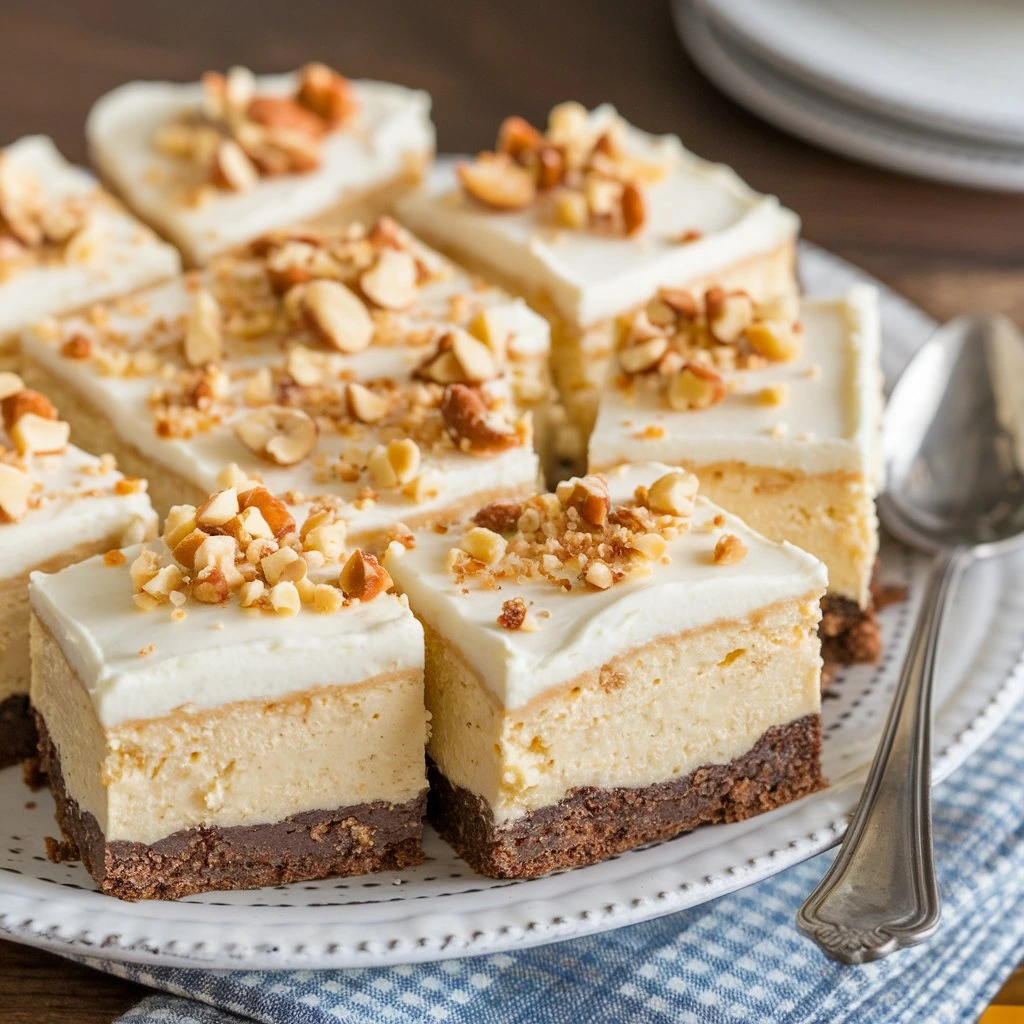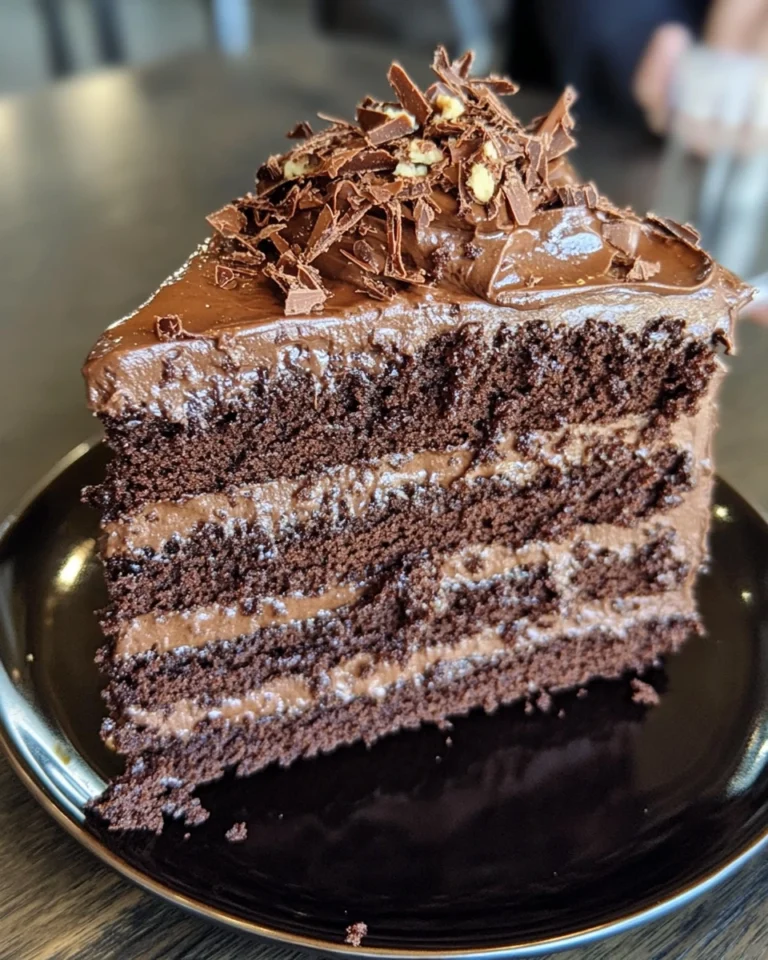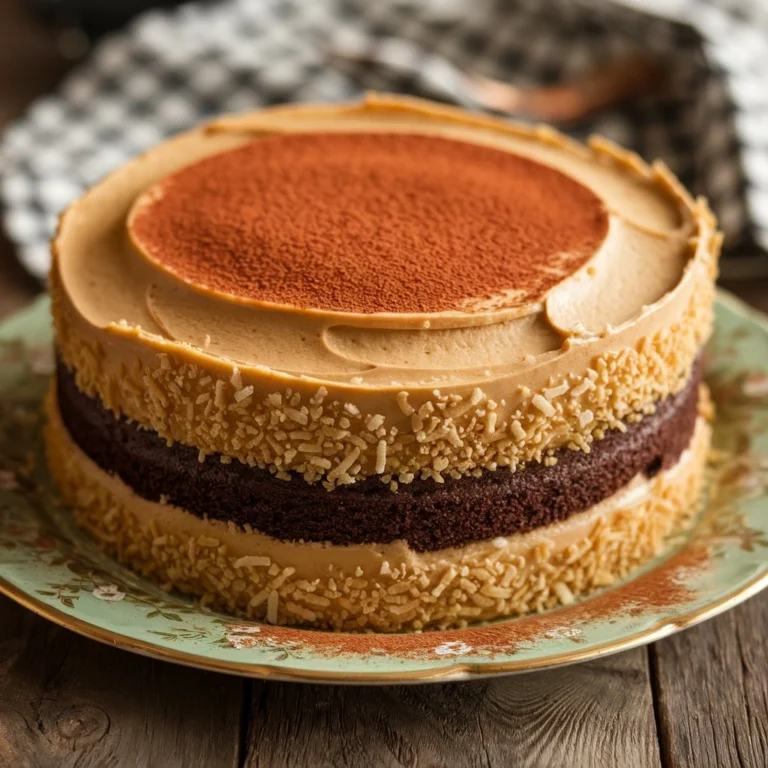What is the Difference Between Baked Cheesecake and Set Cheesecake?
Cheesecake is undoubtedly one of the most beloved and indulgent desserts worldwide. Whether it’s served at weddings, family gatherings, or just as a simple treat to satisfy your sweet tooth, the creamy texture and rich flavors make cheesecake an irresistible choice. However, depending on the recipe, there are two primary types of cheesecakes: baked cheesecake and set cheesecake, often referred to as no-bake cheesecake.
Choosing between these two versions depends on a variety of factors, such as your time constraints, the texture you prefer, and the flavor intensity you’re seeking. In this in-depth guide, we’ll explore the differences between baked and set cheesecake, including their ingredients, preparation techniques, and ideal serving styles. By the end of this article, you’ll have all the information you need to decide which version is perfect for your next dessert.
What is Baked Cheesecake?
A baked cheesecake is the traditional version that requires cooking in an oven. This method relies heavily on the use of eggs, which help to set the cream cheese mixture during the baking process. The result is a dense, creamy, and custard-like dessert that has a more structured texture than its no-bake counterpart.
Baking cheesecake usually involves slow and gentle cooking at a low temperature, which helps prevent cracking and overcooking. Some recipes recommend baking the cheesecake in a water bath (also known as a “bain-marie”) to maintain an even temperature and avoid drying out the edges.
Key Characteristics of Baked Cheesecake:
- Texture: Dense, rich, and custard-like.
- Main Ingredients: Cream cheese, eggs, sugar, and vanilla extract.
- Baking Method: Typically baked at a low temperature to avoid overcooking, often in a water bath.
- Crust Options: Graham cracker or digestive biscuit crusts are most commonly used, but other options like shortbread or chocolate cookie crusts are also popular.
The beauty of baked cheesecake lies in its versatility. You can experiment with a variety of flavor additions, such as lemon, chocolate, or berries. For example, the popular Lemon Blueberry Cheesecake recipe incorporates tangy fruits to create the perfect balance between creamy and zesty flavors.
How to Make a Baked Cheesecake: Step-by-Step
- Prepare the Crust:
Start by making the crust, which typically consists of crushed graham crackers or digestive biscuits mixed with melted butter and sugar. Press the mixture into the base of a springform pan and bake it for 10 minutes to set. - Make the Cheesecake Filling:
In a large mixing bowl, beat the cream cheese and sugar until smooth. Add the eggs one at a time, mixing until fully incorporated. Stir in vanilla extract and any other desired flavorings, such as lemon zest or chocolate. - Bake the Cheesecake:
Pour the filling over the pre-baked crust. If desired, place the pan in a water bath to prevent cracks. Bake at a low temperature (around 325°F or 160°C) for 60 to 75 minutes, or until the center is set but still slightly jiggly. - Cool Slowly:
Once the cheesecake is finished baking, turn off the oven and allow it to cool inside for an hour. This slow cooling process helps prevent the surface from cracking. Afterward, refrigerate the cheesecake for at least 4 hours before serving.
Pro Tip: Avoiding Cracks in Baked Cheesecake
One of the most common issues with baked cheesecake is cracking on the surface. This can happen if the cheesecake cools too quickly or if it’s overbaked. To prevent cracks, bake the cheesecake in a water bath and allow it to cool gradually in the oven before removing it. Additionally, avoid over-mixing the batter, as incorporating too much air can cause the cheesecake to puff up and crack as it cools.
What is Set (No-Bake) Cheesecake?
Unlike baked cheesecake, set cheesecake—also known as no-bake cheesecake—requires no oven time. Instead of eggs, this version uses ingredients like whipped cream, gelatin, or cream cheese to help the dessert hold its shape. After preparing the mixture, it’s placed in the refrigerator to set for several hours. The result is a light, airy, mousse-like cheesecake that is quicker to prepare than the baked version.
Key Characteristics of Set Cheesecake:
- Texture: Light, airy, and mousse-like.
- Main Ingredients: Cream cheese, whipped cream, sugar, and sometimes gelatin.
- Setting Method: Chilled in the refrigerator for several hours until firm.
- Crust Options: Similar to baked cheesecake, a graham cracker or digestive biscuit crust is common. However, because set cheesecake is lighter, you can also experiment with more delicate crusts, such as Oreo cookies or shortbread.
Since no baking is required, this version is especially popular for those looking for a quicker and simpler preparation method. The versatility of no-bake cheesecake also allows you to incorporate various mix-ins and toppings. One exciting variation is the Strawberry Funfetti Cheesecake Cake, which adds fun elements like sprinkles and fresh strawberries for a burst of flavor and color.
How to Make Set Cheesecake: Step-by-Step
- Prepare the Crust:
As with baked cheesecake, start by preparing the crust. Press the mixture into the bottom of a springform pan and refrigerate it to set while you prepare the filling. - Make the Filling:
In a large bowl, beat the cream cheese and sugar until smooth. Fold in whipped cream or add dissolved gelatin if you prefer a firmer texture. Stir in any additional flavors or ingredients. - Chill to Set:
Pour the cheesecake filling over the crust and spread it evenly. Cover the pan with plastic wrap and refrigerate for at least 4 hours or overnight, until the cheesecake is fully set. - Decorate and Serve:
Once the cheesecake is firm, remove it from the refrigerator and decorate with toppings like fresh berries, chocolate shavings, or whipped cream.
Texture Comparison: Baked Cheesecake vs. Set Cheesecake
One of the most noticeable differences between baked and set cheesecake is the texture. This difference stems from the preparation methods, particularly the use of eggs in baked cheesecake versus whipped cream or gelatin in set cheesecake.
Baked Cheesecake Texture:
Baked cheesecake has a dense, creamy texture that is often described as custard-like. The eggs used in the recipe set during baking, giving the cheesecake a firmer consistency. When properly baked, the texture is smooth and velvety, making it ideal for those who enjoy a rich and indulgent dessert.
Set Cheesecake Texture:
In contrast, set cheesecake is much lighter and airier, with a texture similar to mousse. The absence of eggs means the cheesecake doesn’t need to bake, so it maintains a softer and fluffier consistency. This makes it a refreshing dessert option, especially during warmer months when you might prefer something light and chilled.
Whether you prefer the rich, dense texture of baked cheesecake or the light, mousse-like consistency of set cheesecake, both versions have their unique appeal. For more insights into how different methods can affect cheesecake texture and flavor, check out this article on the Difference Between Japanese Cheesecake and Regular Cheesecake.
Flavor Profile of Baked and Set Cheesecake
The flavor of your cheesecake will vary depending on whether you choose a baked or set version. The baking process can deepen the flavors of baked cheesecake, particularly around the edges, where slight caramelization can occur. On the other hand, set cheesecakes tend to have a fresher, more straightforward flavor profile.
Baked Cheesecake Flavor:
Baked cheesecake often has a more developed flavor due to the caramelization that occurs during baking. The edges of the cheesecake may take on a slightly toasted flavor, while the interior remains rich and creamy. The use of eggs also contributes to the custard-like flavor, making baked cheesecake ideal for those who enjoy a deeper, more complex dessert.
- Flavor Characteristics: Rich, dense, slightly caramelized at the edges.
- Common Variations: Lemon, chocolate, berry swirls, and spiced cheesecakes (e.g., pumpkin).
Set Cheesecake Flavor:
In contrast, set cheesecake has a fresher, lighter flavor. Since it doesn’t undergo any baking, the ingredients maintain their original flavors more distinctly. This makes set cheesecake ideal for pairing with fruity flavors or for serving with fresh toppings like berries, as the light texture and flavor won’t overpower the other ingredients.
- Flavor Characteristics: Fresh, light, and often less intense than baked cheesecake.
- Common Variations: Strawberry, lemon, funfetti, and other bright, fruity flavors.
Preparation and Timing: Baked Cheesecake vs. Set Cheesecake
Another significant difference between baked and set cheesecake is the preparation time. Baked cheesecake requires a longer cooking and cooling process, while set cheesecake is quicker to prepare but still requires refrigeration time to set.
Baked Cheesecake Preparation:
Baking cheesecake is a more time-consuming process. In addition to preparing the crust and filling, you’ll need to allow time for the cheesecake to bake slowly at a low temperature, followed by a cooling period to prevent cracks. Cooling can take several hours, so it’s essential to plan ahead if you’re serving baked cheesecake for a special occasion.
- Preparation Time: 60 to 90 minutes of baking, plus 4+ hours of cooling.
- Best For: Special occasions, when you have time to dedicate to the baking and cooling process.
Set Cheesecake Preparation:
Set cheesecake is a quicker option, as it doesn’t require any baking. However, while it saves time in the kitchen, it still needs to chill in the refrigerator for at least 4 hours to set properly. The hands-on preparation time is significantly shorter than for baked cheesecake, making it an excellent option for those who are short on time.
- Preparation Time: 20 to 30 minutes of preparation, plus 4+ hours of chilling.
- Best For: When you need a quick dessert that you can prepare in advance.
Shelf Life and Storage of Cheesecake
Proper storage is essential to maintaining the texture and flavor of your cheesecake, whether it’s baked or set. Here’s a quick comparison of the shelf life and storage requirements for both versions:
Baked Cheesecake Shelf Life:
Baked cheesecake typically has a shorter shelf life because of its dense, custard-like texture. After 1 to 2 days in the refrigerator, the texture may begin to change, becoming drier around the edges. For best results, store baked cheesecake in an airtight container and consume it within 1 to 2 days.
- Shelf Life: 1 to 2 days in the refrigerator.
- Freezing: Can be frozen for up to 1 month. Thaw in the refrigerator before serving.
Set Cheesecake Shelf Life:
Set cheesecake tends to last longer in the refrigerator due to its lighter texture. It can keep for up to 5 days in an airtight container. However, the longer it sits, the more likely it is to lose some of its structure, especially if it contains whipped cream.
- Shelf Life: 3 to 5 days in the refrigerator.
- Freezing: Can be frozen for up to 1 month, though the texture may become slightly softer after thawing.
Serving and Topping Suggestions
When it comes to serving cheesecake, the type you make can influence your choice of toppings. Baked cheesecakes can handle heavier toppings due to their firm structure, while set cheesecakes pair better with lighter options.
Baked Cheesecake Toppings:
Because of its dense texture, baked cheesecake can support heavier toppings like fruit sauces, chocolate ganache, or whipped cream. For a seasonal twist, consider adding a pumpkin or spiced topping during the fall.
- Great Toppings: Fruit compotes, chocolate ganache, caramel sauce, whipped cream, nuts.
Set Cheesecake Toppings:
Set cheesecake, being lighter and softer, is best served with lighter toppings like fresh fruit, fruit preserves, or a dusting of cocoa powder. For a fun presentation, consider adding sprinkles or edible flowers.
- Great Toppings: Fresh berries, lemon curd, fruit preserves, sprinkles, shaved chocolate.
Conclusion: Which Cheesecake Should You Choose?
Both baked and set cheesecakes have their strengths, and choosing between them depends on your personal preference, time constraints, and the occasion. If you love the rich, dense texture of traditional cheesecake, baked cheesecake is the way to go. However, if you’re looking for a lighter, quicker option, set cheesecake is a fantastic choice that offers a refreshing alternative.
By understanding the key differences in preparation, texture, and flavor, you can confidently choose the best version for your next dessert. For more ideas and variations, you can also explore this Ultimate Guide to Cheesecakes for expert tips and common mistakes to avoid.
No matter which version you choose, you’re sure to impress your guests with a delicious and indulgent cheesecake!







